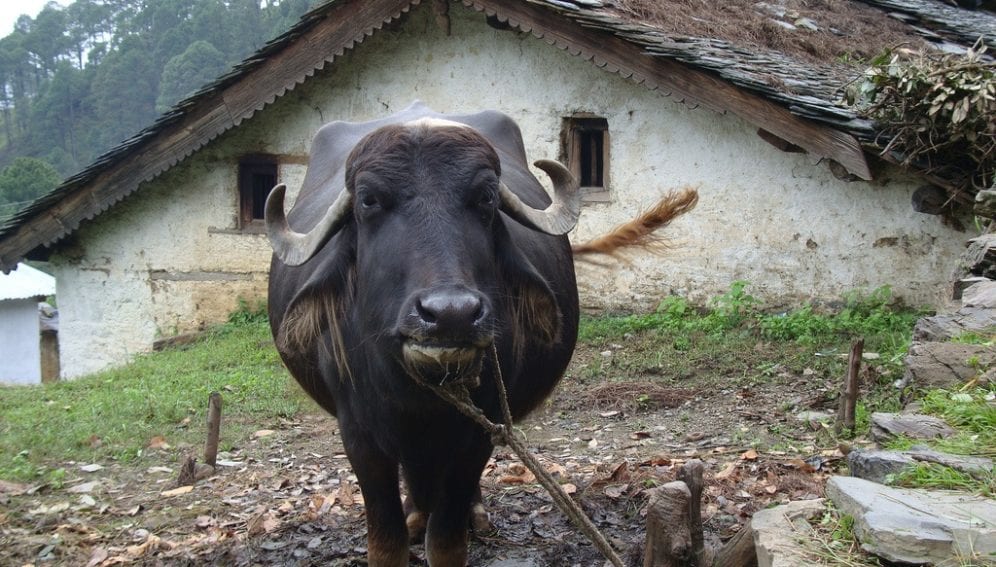By: Naimul Haq
Send to a friend
The details you provide on this page will not be used to send unsolicited email, and will not be sold to a 3rd party. See privacy policy.
[DHAKA] Scientists from Bangladesh and China have jointly cracked the buffalo genome, raising hopes of using the genetic information to improve milk and meat production.
Lal Teer Livestock (LTL), an associate of the Bangladesh's largest private sector seed company Lal Teer Seed, and the Beijing Genomics Institute (BGI) decoded the buffalo genome under a two-year project based on buffalo stocks from southern Hatiya Island and northern Dinajpur district.
While the breakthrough was announced at a press briefing last month (24 January) by Jian Wang, president of BGI, team members from both countries said their work would soon be submitted for publication in a peer-reviewed journal.
Moniruz Zaman, molecular geneticist at LTL and lead Bangladeshi scientist, said sequencing the buffalo gene holds great potential for a poor country like Bangladesh where the per capita meat consumption is 7.3 kilograms per person, far below the Food and Agriculture Organisation's recommended 120 kilograms per person each year.
Similarly, Bangladesh’s average milk consumption is only 30 millitres per person, against the 250 millilitres recommended by the FAO.
Livestock breeding and dairying have generally remained neglected in Bangladesh and the researchers are confident that better breeds of buffaloes would attract entrepreneurs and get vibrancy back into the sector.
The genome comprises the whole of a higher organism’s hereditary information encoded in the DNA. Sequencing it allows scientists to manipulate the genes and enhance or reduce specific features that make for growth, development and maintenance.
Genome sequencing the river buffalo (Bubalus bubalis) could help scientists identify and breed superior-quality buffaloes that yield more milk and meat, Zaman tells SciDev.Net. “Apart from significantly contributing to the nation’s food security we could also develop disease-resistant buffaloes.”
The initiative could also help cut down Bangladesh's imports of meat, especially from neighbouring India which is the source of 80 per cent of the four million cows annually consumed in the country. Bangladesh also imports 4.5 million tonnes of milk powder annually.
M. A. Sattar, vice-chancellor of the state-run Jessore University of Science and Technology, says that besides improving food security, decoding the buffalo genome could help Bangladesh meet its needs of hide and bone.
FAO estimates that an overwhelming 93 per cent of the world’s 171 million buffaloes are concentrated in Central and South Asian nations.














